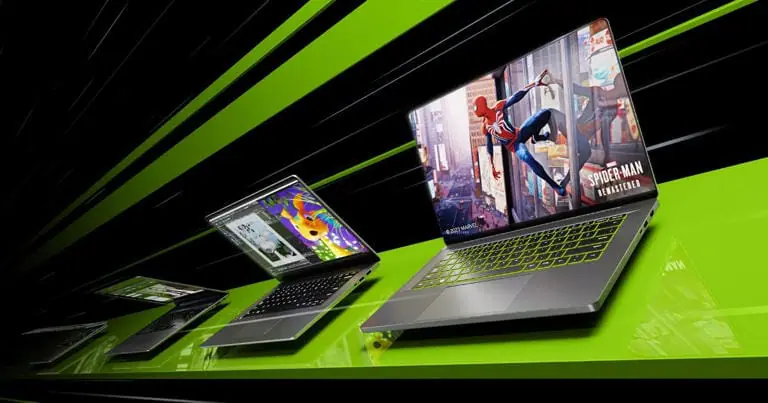Rumors have circulated since last year about developing an Arm-based processor for PCs, and another recent report isn’t too surprising. However, this latest rumor highlights the chip’s impressive gaming capabilities. It’s also claimed that the APU will be featured in a gaming laptop by Alienware.
The ongoing speculation suggests that Nvidia will collaborate with MediaTek to produce these Arm-based chips. Meanwhile, Qualcomm has been active in the PC market with its Snapdragon X-series processors, which have been praised for battery life but not for gaming performance.
Nvidia’s chip, on the other hand, appears to be a promising choice for gamers. According to the YouTube channel Moore’s Law is Dead (MLID), Nvidia is comparing the APU’s gaming performance to an RTX 4070 laptop GPU running at around 65W, with a target of up to 80W.
Further emphasizing the gaming focus, Nvidia is rumored to be partnering with Dell’s Alienware brand for the new APU.

Alienware, known for its powerful and usually expensive gaming laptops, was highlighted in our Best Gaming Laptops feature for the m18 as the joint Best Desktop Replacement.
A low-powered, all-Nvidia, Alienware-branded laptop with the performance of an RTX 4070 mobile GPU sounds like an exciting prospect. Such a laptop would likely be thin, light, and offer excellent battery life. According to MLID’s source, Nvidia aims to launch the product by late 2025 or early 2026, aligning with other reports that the Arm-based chip will arrive in 2025.
Another APU expected next year is AMD’s Strix Halo series, or AMD Ryzen AI Max 300, anticipated to be revealed at CES. The most powerful chip in this series, the 120W Ryzen AI Max+ 395, promises serious gaming credentials with 40 RDNA 3.5 compute units and 16 Zen 5 cores.
Being Arm-based means the Nvidia/Alienware laptop will run Windows on Arm, which still faces compatibility and performance challenges with some games—issues that AMD’s x86 Strix Halo chips won’t encounter. However, MLID’s source indicates a substantial effort is underway to improve Windows on Arm before Nvidia’s chip debuts.
While MLID’s reputation for rumors can be hit or miss, numerous reports have pointed to Nvidia’s Arm-based APU, suggesting that the details may be the only aspect in question.





